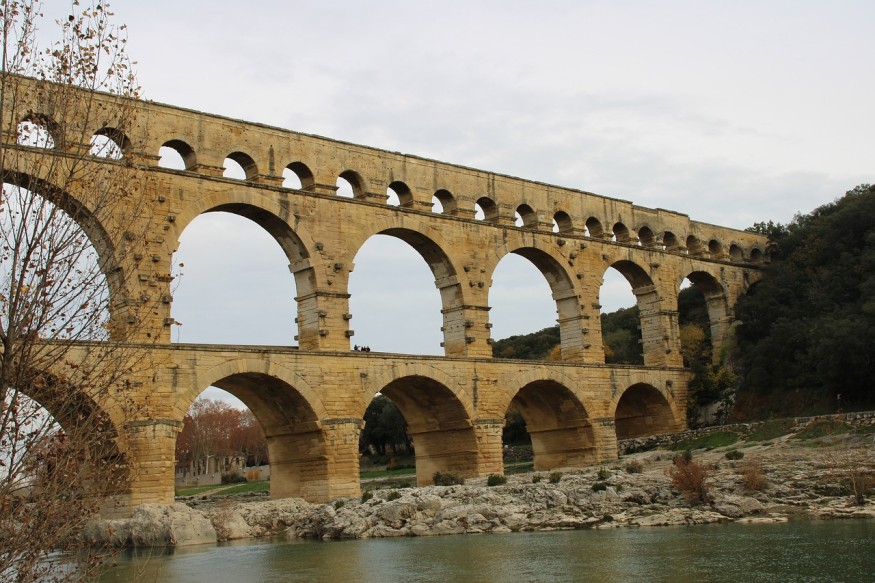
Archaeologists were able to unearth a portion of one of the ancient world's biggest hydraulic projects: an aqueduct built by the Roman emperor Hadrian in order to supply water to Corinth.
Massive Aqueduct of Hadrian
The aqueduct remains were found last October in Greece during excavations of the Tenea archaeological site. This is an ancient Greek town that is just a couple of miles at Corinth's south.
The construction of the aqueduct was ordered by Hadrian, who governed the Roman Empire from 117 A.D. to 138 A.D. This was ordered by the ruler so that water can be carried for over 80 kilometers, all the way from Lake Stymphalia to the city's west.
The use of aqueducts was already known across Greece. Hadrian also had another one constructed for water to be supplied to Athens. However, ancient writers note his aqueduct to Corinth as a monumental work.
The section that was found spans over 30 meters in length and stretches from north to south along a river. It has a channel that is covered by a roof that is semicircular, with both consisting of mortar and stone. The walls of its exterior stand over 3.2 meters, while its interior space, where the water flowed, is roughly 1.2 meters high and 60 centimeters wide.
Other Discoveries Made
On top of this, the archaeologists also announced that they found a building complex that dates to the late Archaic period up until the Hellenistic period. IT included worship areas for Greek deities or heroes.
They were also able to find 29 rare silver coins along a clay altar that was portable. A horse-and-rider figurine as well as a miniature vase were also discovered.
The coins include some of the oldest Greek coins that have ever been found. They were found to date back to the late sixth century B.C. The coin findings include three silver staters that were minted in Olympia during various prehistoric Olympic Games, which were considered a religious festival that was hosted every four years. The coins were also associated with religious function at the site, with evidence found during 2022 excavations.
The most recent excavations have also led to the uncovering of structures from the early rule of the Romans, following the first century B.C. This included an olive press, furnaces, a Roman-era cemetery with stone tombs that are elaborate, and a prehistoric settlement's remains that are believed to be from the Bronze Age.
Other artifacts from this ancient settlement include animal figurines, obsidian tools, and huge quantities of fine pottery. A significant amount of pottery was brought from the Greek areas of Attica, Aegina, Corinth, and Argolida. This shows the trade links that the settlement was able to establish with these different areas.
RELATED ARTICLE : 2,500-Year-Old Gold Necklace Discovered by a Water Worker in Spain, Probably Made by Celtics and Buried as Part of a Hoard
Check out more news and information on Archaeology in Science Times.
© 2025 ScienceTimes.com All rights reserved. Do not reproduce without permission. The window to the world of Science Times.











